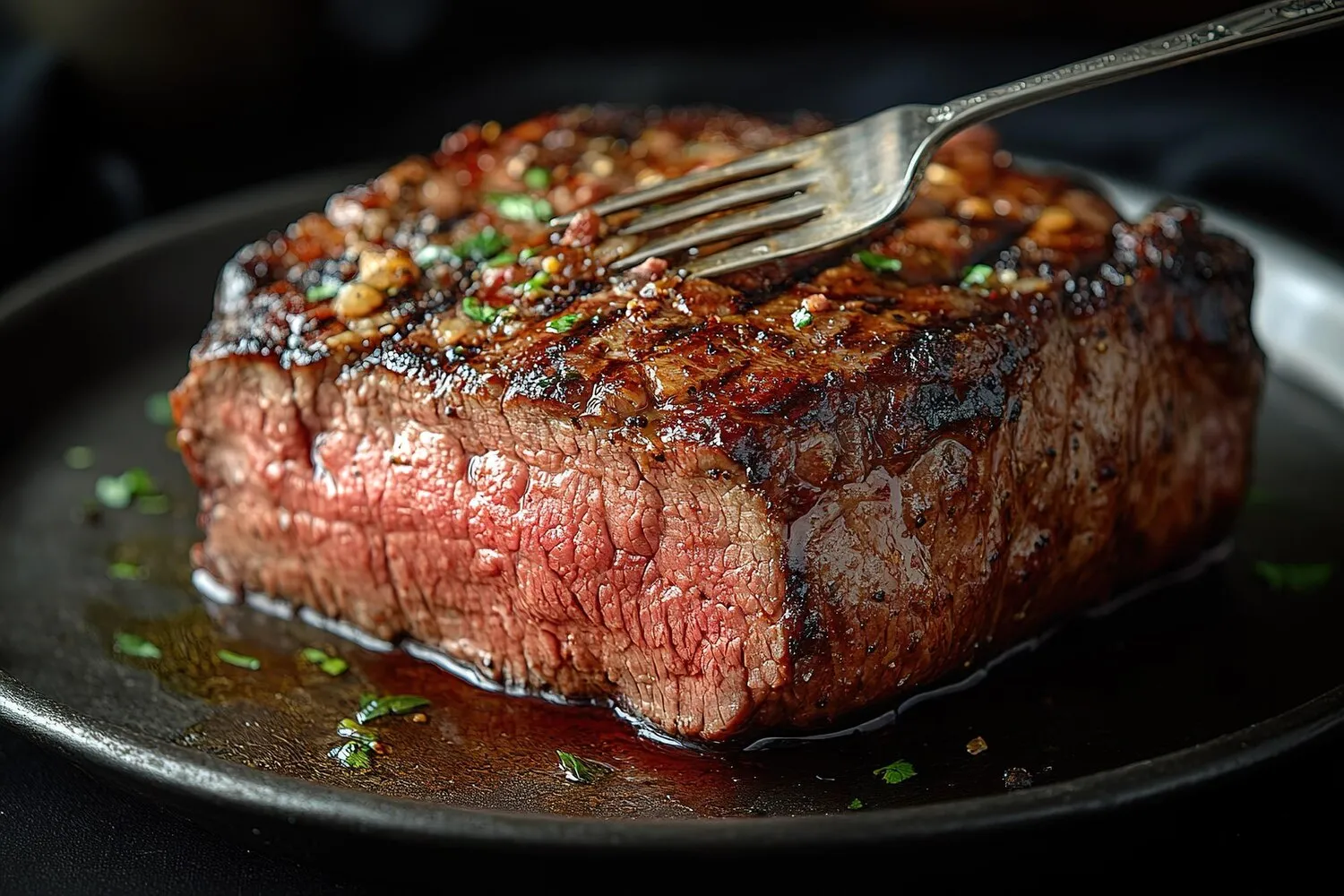
Grilled Meats
Offering a selection of grilled meats.
Nutrition Facts
* The % Daily Value (DV) tells you how much a nutrient in a serving of food contributes to a daily diet. 2,000 calories a day is used for general nutrition advice.
The practice of grilling meat over an open fire dates back to prehistoric times, when humans first discovered how to control fire. Different cultures throughout history have developed their own unique grilling techniques and traditions, utilizing local ingredients and spices to create a diverse range of grilled meat dishes. From simple open-fire cooking to sophisticated barbecuing methods, grilling has been a fundamental part of human cuisine for millennia.
Grilled meats hold significant cultural importance in many societies worldwide, often associated with celebrations, social gatherings, and family meals. It is a communal activity that brings people together to share food and enjoy each other's company.
Barbecues and Asados
In the United States and South America, barbecues (or asados) are a central part of the social scene, especially during summer. They are often large gatherings where friends and family come together to grill meat, share sides, and enjoy music and games.
Korean BBQ
Korean BBQ is a highly interactive dining experience where diners grill their own meats at the table. This fosters a sense of community and sharing, with various side dishes (banchan) accompanying the meal.
Mediterranean Souvlaki and Kebabs
In the Mediterranean region, souvlaki (Greece) and kebabs (Middle East) are popular street food and restaurant dishes. They are often enjoyed as quick and flavorful meals, representing a significant part of the local culinary traditions.
The flavors of grilled meats are diverse and depend heavily on the type of meat, marinades, spices, and cooking method used. Generally, grilling imparts a smoky, savory, and sometimes charred flavor to the meat.
Common flavor profiles include: Smoky (from wood or charcoal), Savory (from the meat itself), Umami (enhanced by marinades and seasonings like soy sauce or MSG), Spicy (from chili peppers or other spices), Sweet (from sugary marinades or glazes), Herbaceous (from herbs like rosemary, thyme, or oregano), Tangy (from acidic marinades like lemon juice or vinegar). The specific flavors depend on the cut of meat, such as the rich, fatty flavor of ribeye steak or the leaner, gamier flavor of lamb. Marinating prior to grilling can significantly enhance the flavor profile, with marinades often containing ingredients like garlic, onions, ginger, citrus juices, and various spices.
Temperature Control
Use a meat thermometer to ensure the meat is cooked to the desired internal temperature. This is crucial for both safety and achieving the perfect level of doneness.
Marinating Techniques
Marinate meats for at least 30 minutes, and preferably several hours, to allow the flavors to penetrate. Avoid marinating delicate meats like fish for too long, as the acid can break them down.
Resting the Meat
After grilling, let the meat rest for 5-10 minutes before slicing. This allows the juices to redistribute, resulting in a more tender and flavorful final product.
Choosing the right cut
Consider the type of meat and cut when grilling. Some cuts are better suited for high heat and quick cooking (e.g., steak), while others benefit from low and slow cooking (e.g., ribs, brisket).
Explore additional Grilled dishes and restaurants
Explore GrilledDiscover top dining spots and culinary experiences in Canoas.
Explore CanoasLearn more about the food culture, restaurant scene, and culinary heritage of Brazil.
Explore Brazil
